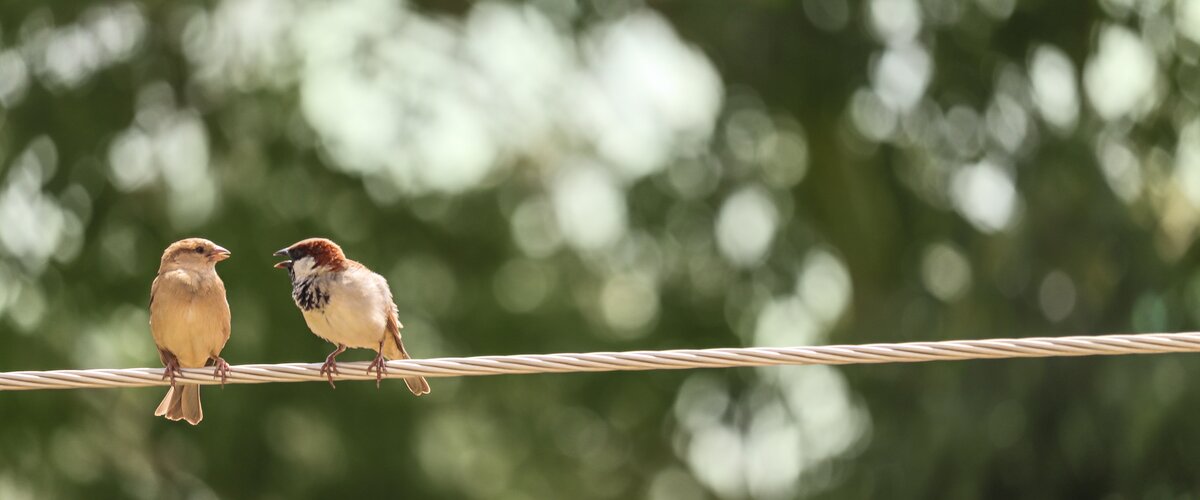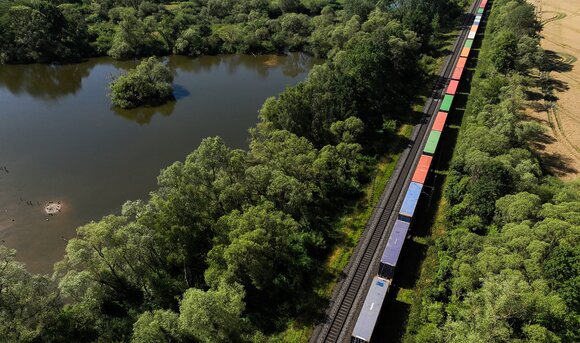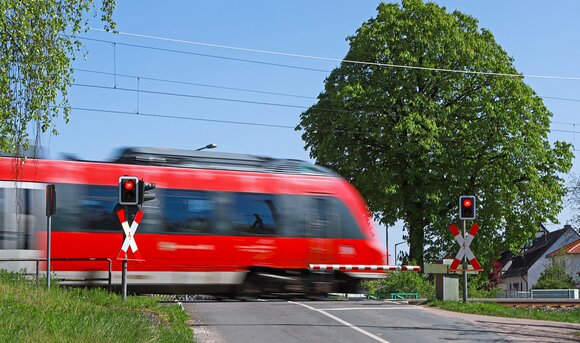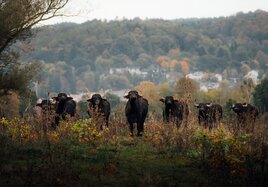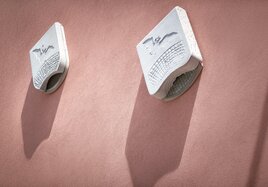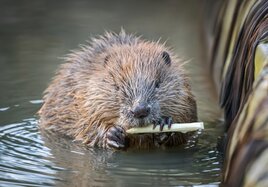In order to shift more traffic to climate-friendly rail, Deutsche Bahn is pushing ahead with the electrification of its rail network, among other things. This also includes the construction and operation of the corresponding infrastructure. Unfortunately, there are frequent accidents involving animals on DB's catenary systems. This mostly affects birds such as pigeons and ravens - but also smaller mammals such as squirrels and martens to a lesser extent.
To protect birds and other animal species from electric shocks and collisions, DB equips its catenary systems to be bird-proof. This prevents damage to the electrical installations and disruption to train services.
Measures to protect birds and small animals
Together with the German Centre for Rail Traffic Research (DZSF), Deutsche Bahn has been working on standardized solutions in various research projects. A new administrative regulation on bird protection (VogelschutzSchieneVwV) creates uniform nationwide standards and bundles all measures. These include so-called auxiliary constructions, such as measures on the cantilever tube or mast disconnectors as well as non-conductive, plastic-coated suspension cables under existing structures, which are already being used by DB InfraGO.
In addition, protective measures against line collisions were also introduced in particularly affected areas - such as in breeding and resting areas for waterfowl and bustards. So-called black and white bird markers are intended to help cranes, geese and the like keep a sufficient distance from the catenary systems. These movable bird protection markers are attached to the horizontal lines of the catenary systems at regular intervals. DB also installs so-called small animal deflectors on existing lines.
